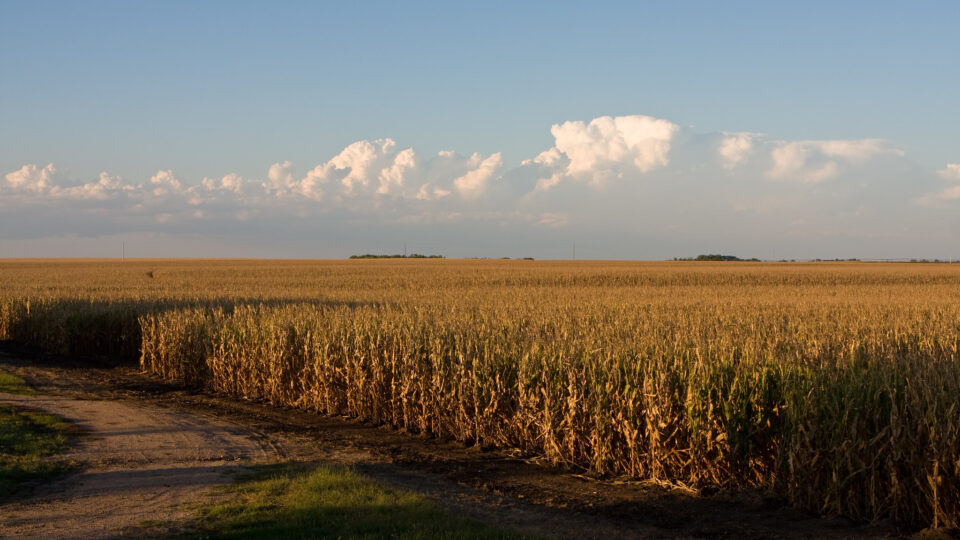Corn is the largest agricultural crop in the U.S., and it is also one of the most wasteful. About half of the harvest ends up as stover – corn stalks, leaves, husks, and cobs – once the kernels are used for food.
Corn stover has relatively few commercial or industrial uses. It can be used to produce biofuel, but that is not very energy efficient. It is sometimes used as a low-quality livestock feed as well. Mostly, it is just burned if it is used at all.
Researchers at the University of California Riverside have developed an energy-efficient way to make good use of stover by transforming it into activated carbon for use in water treatment.
Activated carbon – often called activated charcoal – is an organic material that is specially treated to contain millions of microscopic pores that make it highly absorbent. It has many industrial uses, the most common of which is for filtering pollutants out of drinking water. Most household water filters such as Brita filters as well as the ones built into refrigerators make use of activated carbon.
The Riverside researchers explored methods for producing activated carbon from charred corn stover and found that processing the material with hot compressed water – a process known as hydrothermal carbonization – produced highly absorbent activated carbon with superior properties compared to material produced by slow pyrolysis, where corn stover is charred at increasing temperatures over a long period of time.
According to the researchers, it is important to create approaches that convert waste into high-value materials, fuels, and chemicals in order to create new value streams and eliminate the environmental harm that comes from a so-called “take-make-dispose” economic model.
**********
Web Links
Photo, posted September 15, 2010, courtesy of the United Soybean Board / the Soybean Checkoff via Flickr.
Earth Wise is a production of WAMC Northeast Public Radio.
